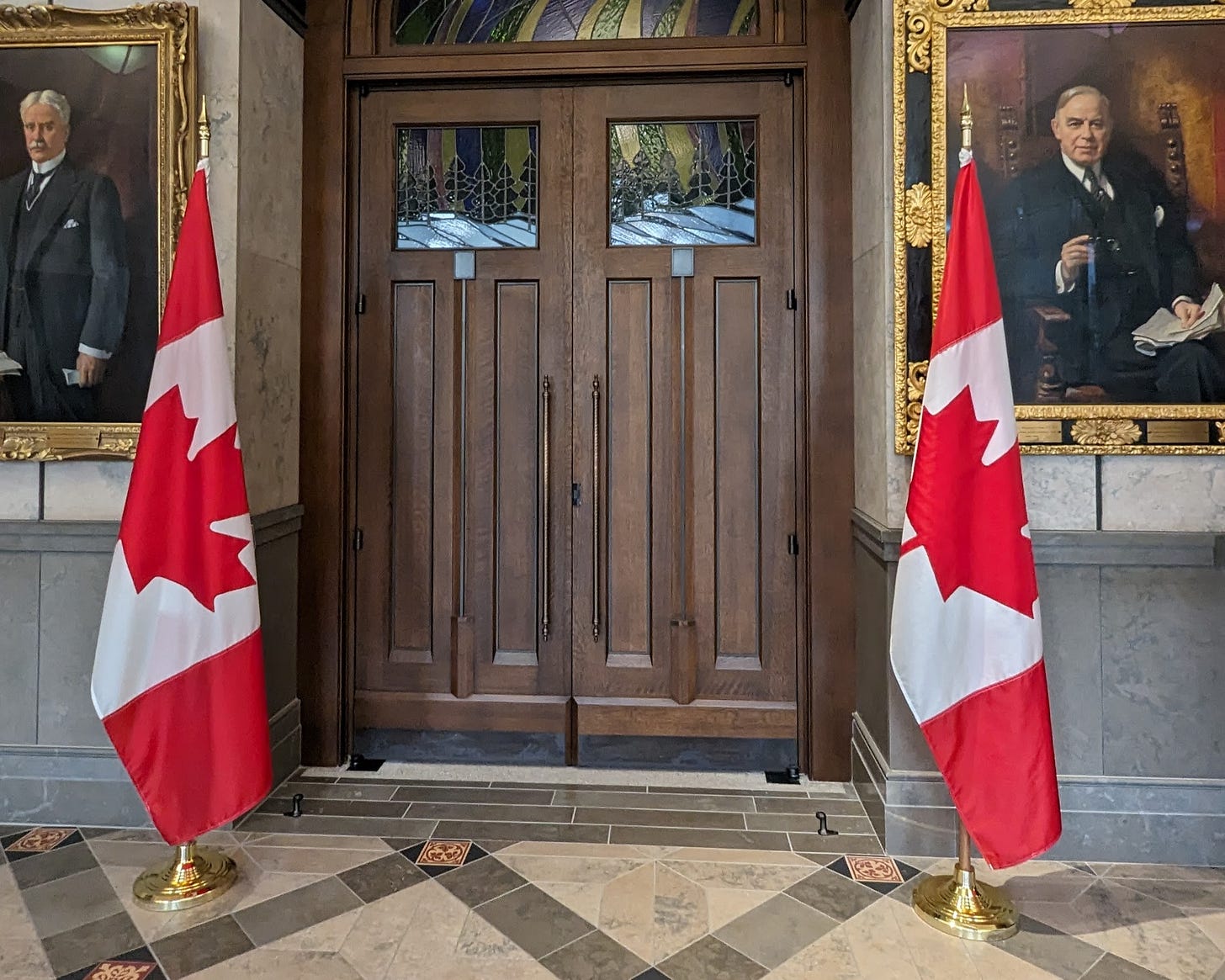Analysis: How Mark Carney Plans to Fix Canada's Economy — And Why Conservatives Disagree
A deep-dive into the Challenges Facing the Canadian Economy
Canada's economy is currently experiencing significant uncertainty, with inflation, housing affordability issues, and stagnant growth putting pressure on citizens. Just days into his term, Prime Minister Mark Carney has announced plans to call a snap election to seek a mandate for implementing bold economic reforms.
As the campaign intensifies, Conservative Leader Pierre Poilievre is positioning himself as a counterforce to Carney's policies, introducing a vastly different financial plan.
Inflation continues to significantly undermine the purchasing power of Canadians, casting a shadow over their financial stability. Despite the Bank of Canada implementing aggressive interest rate hikes in an attempt to rein in soaring inflation, high prices stubbornly persist across various sectors.
The housing market, in particular, has become increasingly unattainable for many, as a combination of limited supply and speculative investments drives costs to dizzying heights.
This economic crisis is further compounded by Canada’s heavy reliance on resource extraction, which exposes the economy to the unpredictable fluctuations of global commodity prices.
Additionally, the nation's persistently low productivity growth and sluggish pace of technological innovation restrict its economic resilience and adaptability. For a significant portion of Canadians, these interconnected challenges manifest in stagnant wages and ever-increasing living expenses, creating a sense of financial strain and uncertainty.
Enter Mark Carney: The Liberal Economic Hope
Mark Carney, a former governor of both the Bank of Canada and the Bank of England, is widely respected for his economic acumen. With a PhD in economics from Oxford, Carney earned global recognition for steering economies through financial crises. His leadership has brought cautious optimism, as Canadians look to him to stabilize the country’s finances.
According to Toula Drimonis of the Montreal Gazette, Carney’s appeal lies in his “quiet competence.” Unlike Pierre Poilievre, who has fixated on attacking Justin Trudeau’s carbon tax, Carney is positioning himself as a pragmatic problem solver. Canadians, wary of Trump-era volatility spilling over the border, see Carney as a stabilizing force capable of protecting the nation’s economic interests.
The Conservative Counterpoint
Pierre Poilievre argues that Mark Carney's economic vision represents a continuation of the Liberal status quo, characterized by reckless spending, excessive regulation, and high taxation. Poilievre claims these policies are directly responsible for the country's inflationary issues and declining economic competitiveness.
"We will unleash hundreds of billions of dollars into power plants, nuclear energy, mining, pipelines, data centers, and much more," Poilievre recently stated, accusing the Liberals of delaying essential infrastructure projects. His plan includes eliminating the carbon tax, reducing bureaucratic red tape, and accelerating domestic energy production to lessen the reliance on foreign energy imports.
The Conservatives also promise tax relief for families and businesses, arguing that lower taxes will stimulate growth and innovation. Poilievre's core message is straightforward: reduce government intervention, allow markets to thrive, and foster economic growth from the ground up.
Carney's Economic Action Plan
If re-elected, Carney is expected to implement a five-point economic action plan:
Monetary and Fiscal Coordination: Carney aims to align government spending with the Bank of Canada’s monetary policy to manage inflation without stalling economic growth.
Housing Reform: Introducing zoning reforms and boosting housing supply will be key to making homes affordable. Carney has also promised to eliminate GST on homes under $1 million for first-time buyers.
Sustainability and Economic Diversification: A strong advocate for sustainable finance, Carney will encourage investments in clean energy, reducing Canada’s reliance on fossil fuels.
Innovation and Productivity: Through government incentives, Carney plans to foster technological advancements in AI, clean tech, and advanced manufacturing to improve productivity and competitiveness.
Global Trade and Diplomacy: With his international experience, Carney aims to renegotiate trade agreements, ensuring Canada remains resilient in an era of rising protectionism.
The Political Stakes
Prime Minister Carney is set to ask Governor General Mary Simon to dissolve Parliament and call a federal election this Sunday. Voting is expected to take place on April 28 or May 5. Polls show a close race, with Carney’s Liberals at 37.7% and Poilievre’s Conservatives at 37.4%. However, the Liberals’ broader geographic appeal may provide an advantage in seat count.
While Carney seeks a clear mandate to implement his economic vision, Poilievre is banking on voter frustration over the cost of living and government intervention to shift the tide in his favour.
A Defining Choice for Canadians
Canadians now face a crucial decision: whether to continue on a path of pragmatic intervention under Carney’s leadership or to embrace Poilievre’s free-market vision. The outcome of this election will significantly impact how Canada tackles its economic challenges and positions itself on the global stage.
Carney relies on competence and careful planning to resonate with voters, while Poilievre’s promises of tax cuts and economic freedom may appeal to those who feel left behind.
In these uncertain times, the competition between economic expertise and populist appeal will shape the nation’s future. As the election approaches, Canadians must consider which vision they believe will best lead the country toward economic recovery and stability.


